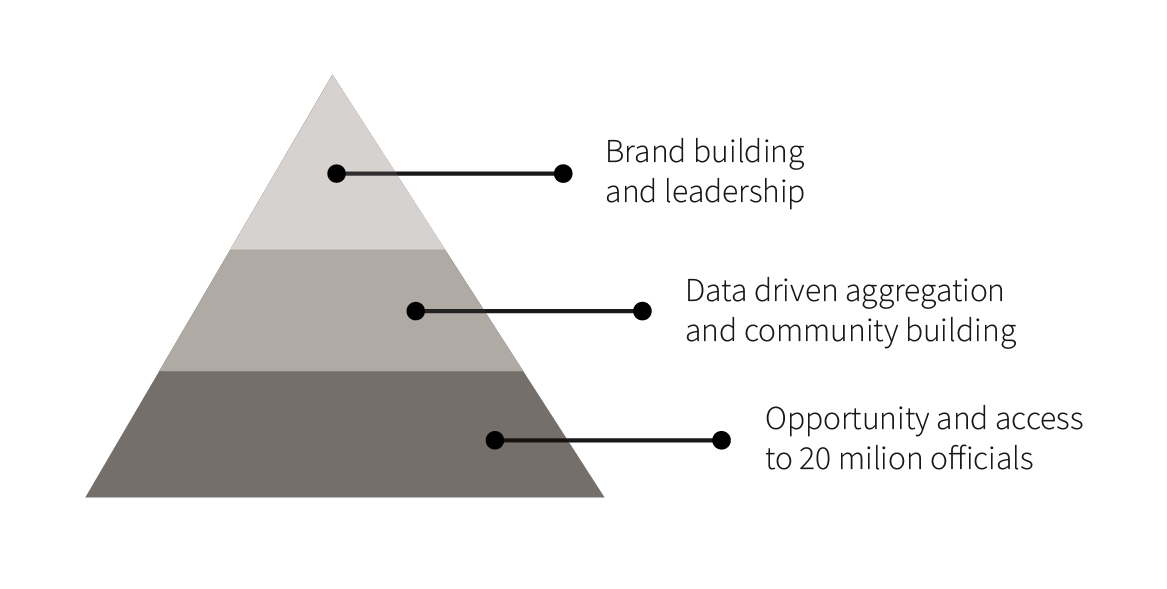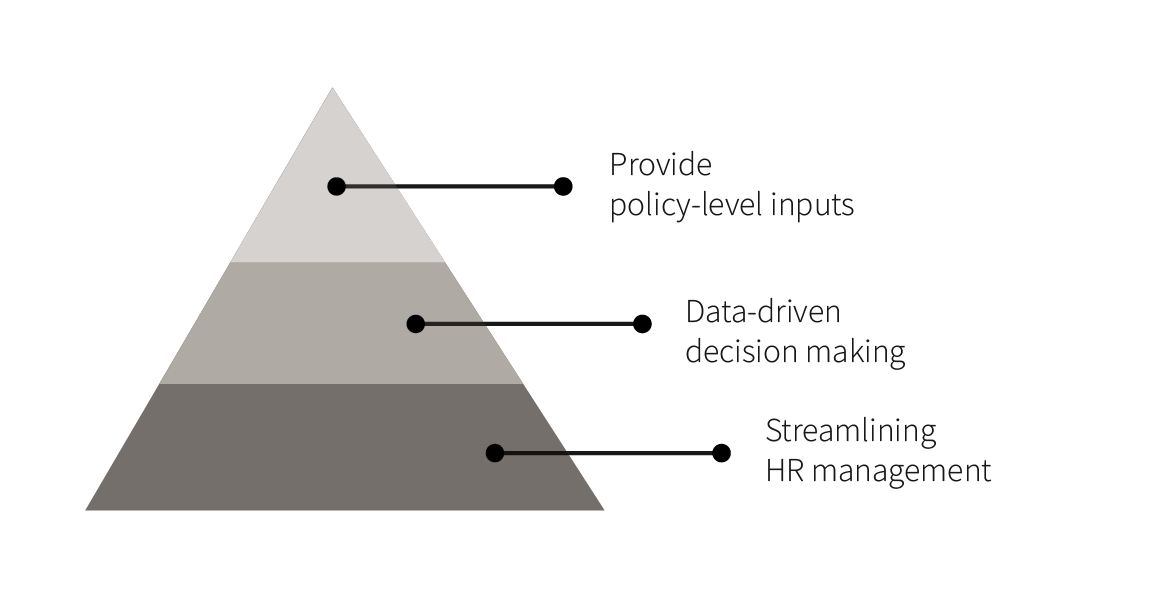How communication enables behaviour change
In 2013, J-Pal undertook a randomised experiment across 400 villages of rural Bihar to examine how financial incentives and information influence household decisions around adopting nutritional innovations. The innovation in question was double fortified salt, to curb rising cases of anaemia in the population. According to the National Family Health Survey, 67% of adult women, 34% of adult men, and 78% of children under the age of three years suffered from some form of anaemia in 2005–06.
Among the different interventions was an edutainment movie screened across 64 of the 200 treatment villages between October and December of the same year. Modelled on a sitcom and starring prominent actors from Bhojpuri cinema, the movie was entertaining, informative and widely viewed. An examination of the intervention, through an endline survey between July 2014 and February 2015, showed the power of a strong communication campaign in changing households’ perception about double fortified salt and convincing people to adopt it and stick with it over several rounds of purchases. The movie helped increase consumption of the product by nearly 50%.
This intervention revealed that the success of many policies and priorities, especially those centred on influencing behaviour, is hinged on the use of strategic communication. For government initiatives like Mission Karmayogi, designed to encourage the adoption of lifelong learning among a vast and varied user base of government officials in India, strategic communication is a valuable tool that drives uptake and subsequently aids in solving broader issues of state incapacity.
What is behaviour change communication?
Behaviour change communication (BCC) is the use of communication to promote changes in one’s knowledge, attitude, norms and behaviours. Rooted in evidence-based practice the goal of BCC is to create information, education and communication (IEC) materials that combine targeted messages and mediums, across a variety of channels to reach multiple levels of stakeholders.
BCC uses a systematic process - beginning with carefully segmenting audiences, contextualising messages and materials based on the value proposition to each audience group, pre-testing them followed by implementation and finally monitoring and evaluation.
BCC and Mission Karmayogi
Mission Karmayogi is an ambitious initiative designed to transform the way government officials in India work, learn and build competencies thereby improving the capacity of the state to deliver on services. Its main offering is the iGOT Karmayogi platform which decentralises training, creates a space for networking, encourages peer interaction and collaborative problem-solving. Currently, government officials go through a period of training upon joining the government. This training is usually in person and at a central or state training institute. From there on training and capacity building efforts are individually driven and not a prerequisite when taking on a new role. This has resulted in:
- Infrequent and siloed training and learning.
- Curricula being focused more on rules, policies and theory rather than collaboration, case studies and practical exercises.
- Lack of access to tools or resources needed to upskill and effectively deliver in new or current positions.
These constraints have led to inconsistent position-linked competency building in officials. The goal of Mission Karmayogi is to bridge this gap with innovative learning resources delivered digitally. However, making this transition to competency-based learning calls not just for technological interventions but also changes in behaviour.
Government officials, as the primary stakeholders, will be required to take courses and assessments to build competencies as they move to new positions, a major shift from existing systems. Many of these trainings will be online making the uptake of iGOT Karmayogi crucial. And communicating this shift to them through tailored messages is where Mission Karmayogi and BCC converge.
When creating this communication one has to be mindful of the value proposition for each stakeholder; What’s in it for them? What is the value being promised to the stakeholder when they use iGOT Karmayogi?

This value proposition operates at three levels to cater to stakeholders as their interaction with iGOT Karmayogi evolves. Starting with the basic and functional needs, it moves up to fulfill psychological needs like community building or data-driven decision making, culminating in the higher order self-fulfilment,leadership or brand building.
For example, for government officials Mission Karmayogi offers the chance to be part of a unique initiative to drive professional development. It also encourages lifelong learning and skilling, enabling esteem and recognition at the workplace.

For stakeholders like CBP providers it gives access to a large learner base of 20 million officials as well as the opportunity to gain visibility and build their brand image.

For MDOs it allows for capacity building and streamlining human resource management for 20 million officials, alongside the use of competency frameworks to provide policy-level inputs and drive capacity building.

While governments have several tools at their disposal to stimulate shifts in behaviour and solve pressing issues, the role of communication as an agent for change is crucial especially, for an initiative the scale of Mission Karmayogi. With the right mix of messages, mediums, and channels, targeted communication can inform stakeholder decisions, emphasise the initiative’s goals, and play a pivotal role in its success.



Add new comment